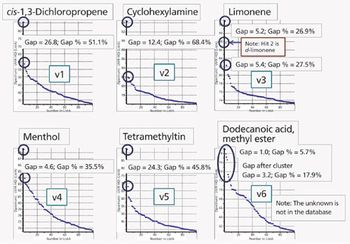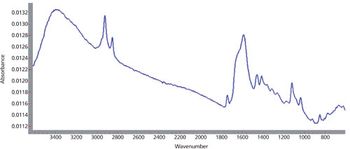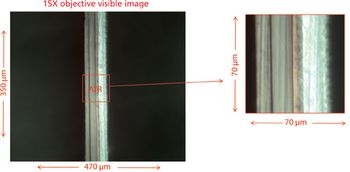
Special Issues
The beginning of the age of Fourier transform infrared (FT-IR) spectroscopy meant the availability of digital spectra and opened the possibility of using computers to compare a single spectrum against a reference database containing thousands of spectra, thereby allowing enormous efficiency gains in the comparison of unknown spectra to reference materials. Various algorithms can be used to create a hit quality index (HQI), which is a measure of how well the query spectrum compares against each reference spectrum.



